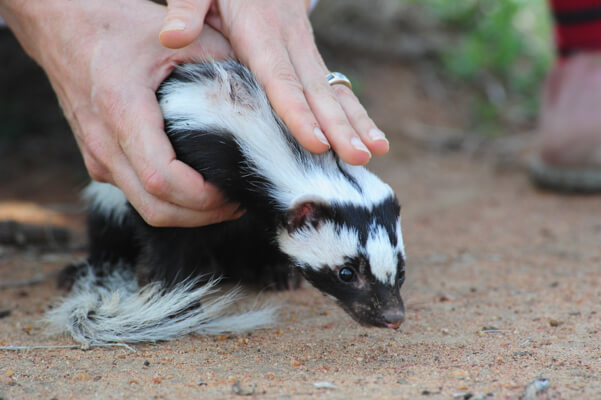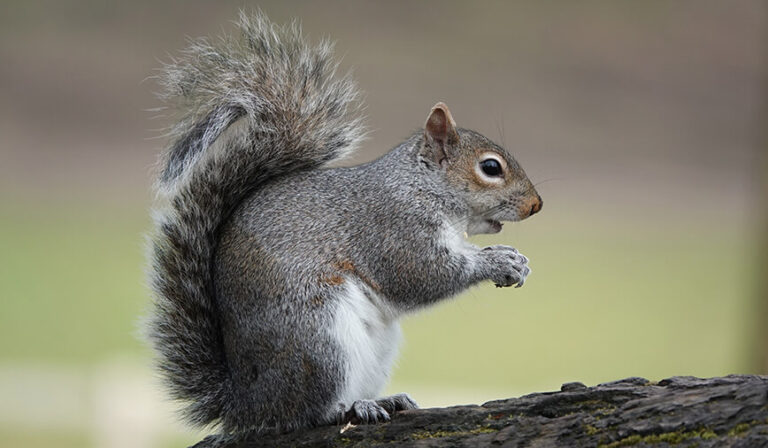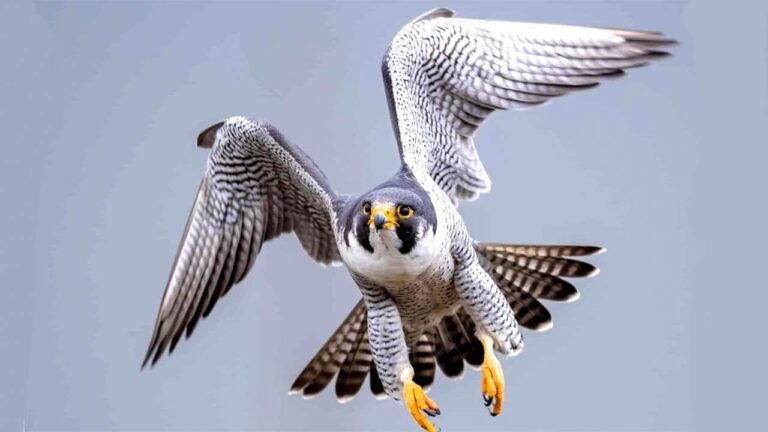Pelican: An In-Depth Look at These Majestic Water Birds
Pelicans are fascinating water birds known for their distinctive pouches and extraordinary fishing skills. As one of nature’s most skilled fishers, pelicans captivate onlookers with their unique hunting strategies and elegant flight patterns. In this article, we will explore the scientific classification, physical characteristics, habitat, behavior, diet, reproduction, predators, conservation status, and the evolutionary history of pelicans. We will also explore interesting facts and the relationship between pelicans and humans.
Contents
Scientific Classification
- Common Name: Pelican
- Scientific Name: Pelecanus
- Kingdom: Animalia
- Phylum: Chordata
- Class: Aves
- Order: Pelecaniformes
- Family: Pelecanidae
- Species: There are 8 recognized species of pelicans, including the American White Pelican (Pelecanus erythrorhynchos), Brown Pelican (Pelecanus occidentalis), and Dalmatian Pelican (Pelecanus crispus).
Physical Characteristics

Pelicans are large birds with a distinctive appearance characterized by their long beaks and large throat pouches. These pouches are not just for show; they are crucial in their feeding habits.
- Size: Pelicans can range from 4 to 6 feet (1.2 to 1.8 meters) in length, with a wingspan of 6 to 12 feet (1.8 to 3.6 meters).
- Weight: Depending on the species, pelicans can weigh between 6 and 33 pounds (3 to 15 kg).
- Coloration: Most pelicans have predominantly white or brown plumage, with some species showing vibrant colors on their beaks and pouches during the breeding season.
- Beak and Pouch: The beak can be as long as 18 inches (45 cm), and the expandable throat pouch is used to scoop up fish and drain excess water before swallowing.
Habitat
Pelicans are found on every continent except Antarctica. They prefer coastal environments, lakes, and rivers, where they have access to abundant food sources.
- Preferred Locations: Estuaries, lagoons, freshwater lakes, and coastal regions.
- Range: Pelicans can be found in North and South America, Europe, Asia, Africa, and Australia.
- Habitat Preference: They thrive in warm, shallow waters where fish are plentiful and are often seen resting on sandbanks, rocks, and mangroves.
Behavior

Pelicans are social birds that often live and hunt in groups. They exhibit a range of behaviors that are fascinating to observe, particularly their unique fishing techniques.
- Feeding Strategy: Pelicans are known for their cooperative fishing techniques, where groups of birds work together to herd fish into shallow waters before scooping them up in their pouches.
- Flight: They are powerful fliers, using thermals to soar gracefully with minimal effort. Some species can reach up to 35 mph (56 km/h).
- Social Structure: Pelicans are highly social, often seen in flocks while feeding, roosting, and migrating.
Diet
Pelicans are primarily piscivorous, meaning their diet consists mainly of fish, though they occasionally consume amphibians, crustaceans, and small birds.
- Main Diet: Fish such as mullet, sardines, and anchovies.
- Feeding Method: They use their expandable pouches to catch fish, draining the water before swallowing their prey.
- Hunting Style: Some pelican species, like the Brown Pelican, are known for their dramatic plunge-diving technique, while others scoop up fish while swimming.
Reproduction
Pelican breeding behaviors are closely tied to their social nature and involve elaborate courtship displays, nest building, and cooperative parenting.
- Breeding Season: Vary by species but generally occurs in spring and summer.
- Nesting: Pelicans nest in colonies, often on secluded islands. Nests are typically made of sticks, reeds, and other vegetation.
- Clutch Size: Females usually lay 1 to 3 eggs, incubating for 30 to 35 days.
- Parental Care: Both parents take turns incubating the eggs and feeding the chicks, which are born helpless and require extensive care.
Predators and Threats
While adult pelicans face few natural predators, their eggs and chicks are vulnerable to various threats.
- Natural Predators: Gulls, crows, raccoons, and other scavengers often prey on pelican eggs and chicks.
- Human Threats: Habitat destruction, pollution, and fishing gear entanglements pose significant risks to pelican populations.
- Environmental Concerns: Oil spills, chemical pollution, and climate change can negatively impact pelican habitats, decreasing food availability.
Conservation Status
The conservation status of pelican species varies, with some being more threatened than others.
- IUCN Status: The International Union for Conservation of Nature (IUCN) lists most pelican species as Least Concern. However, the Dalmatian Pelican is classified as Near Threatened due to habitat loss and other human-related threats.
- Conservation Efforts: Conservation measures include habitat protection, pollution control, and public education on safeguarding these iconic birds.
Interesting Facts
- Ancient Symbolism: Pelicans have been depicted in various cultures as symbols of self-sacrifice and charity due to the mistaken belief that they feed their young with their blood.
- Buoyant Bones: Pelicans have air sacs in their bones, making them buoyant and helping them float on water.
- Efficient Flyers: They can travel long distances with minimal energy by gliding on thermals, making them highly efficient migrators.
Evolutionary History
Pelicans have a long evolutionary history, with fossil evidence dating back nearly 30 million years. Their distinctive beak structure has remained relatively unchanged, suggesting that their fishing strategy is highly successful and has required little adaptation over millennia.
Relationship with Humans
Pelicans have a mixed relationship with humans. While they are admired for their graceful flight and unique fishing abilities, fishermen sometimes see them as competitors. In some regions, pelicans are considered indicators of a healthy marine ecosystem, making them important symbols of environmental conservation.
Conclusion
Pelicans are remarkable birds that have adapted to thrive in diverse aquatic environments worldwide. Their unique physical features, complex behaviors, and social structures make them a fascinating subject of study. While they face challenges from human activities, ongoing conservation efforts are crucial to ensuring that these majestic birds continue to soar across our skies for generations.
- Golden Retriever Pros and Cons: What Every Pet Parent Should Know - 15 September 2025
- Cane Corso Dog Breed: Health, Care, and Lifespan - 14 September 2025
- Catahoula Leopard Dogs: Description, Temperament, Lifespan, & Facts - 21 July 2025







